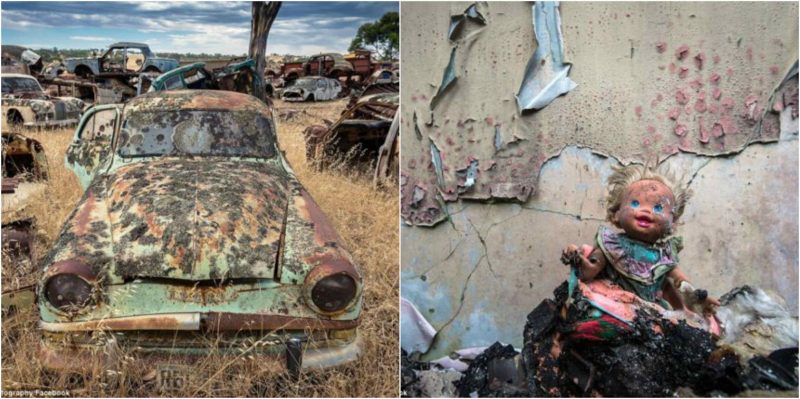An abandoned theme park, deserted homestead, and long-unused telephone exchange are some of the scenes of South Australia taken by a man who moonlights as an amateur photographer.
When not photographing forgotten locations, Scott McCarten works as a property manager. He started his Facebook page, Autopsy of Adelaide Photography, three years ago to showcase the photos he took of abandoned houses, hospitals, churches, and factories he found during his urban exploring adventures. He said that he has been exploring for about fifteen years, but has only just recently taken an interest in photography.
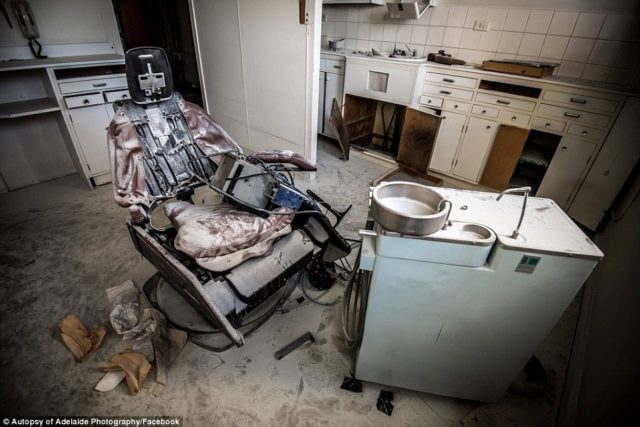
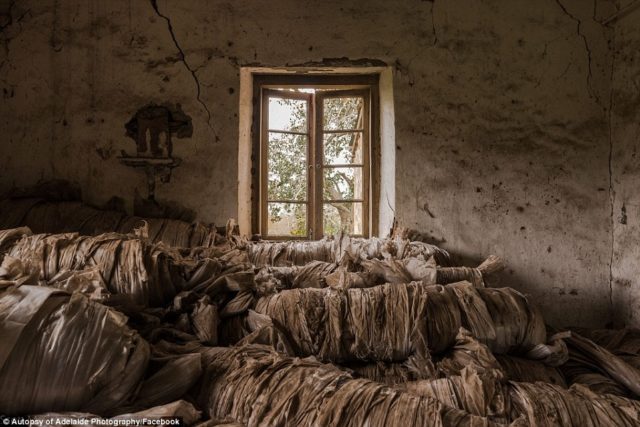
The 43-year-old said that he felt a connection with the people who had once occupied these spaces and so was moved to take photos. “These were places once filled with people working or living, and once you go into a place that has been left like that – not restored or demolished – you sort of feel a connection with people who were there before,” he said. “What was their life like and what happened? Particularly with houses. One of the houses [I photographed] in the Adelaide Hills had a Christmas tree still up. What happened to the people?”
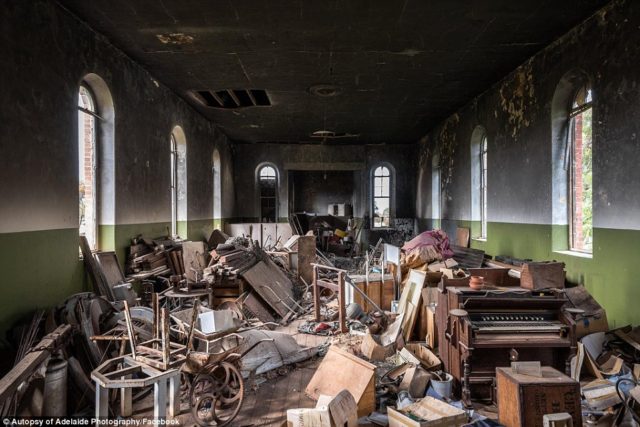
The range of his subjects is impressive. Although he said that the bigger industrial sites particularly strike a chord with him, he hasn’t allowed that to narrow his photos. McMarten has photographed an old Telstra telephone exchange in Adelaide, where the machine was still intact and wires were hanging off of it. He frequented the Fairyland Village in Lobethal, located east of Adelaide. It had been closed down after just ten years of operation, and McCarten was able to take photos before the displays were dismantled, resulting in eerie, nostalgic scenes.
Some of the houses or buildings were apparently abandoned in a hurry. An abandoned laboratory in Adelaide, for example, has chemicals and jars ready to be used. One homestead, hidden in plain sight in the Adelaide Hills, was so hastily vacated that the family hadn’t even taken down their Christmas tree. It had originally been a shop before becoming a residence in the 1940s. Books lie untouched and framed pictures are falling off the wall. The floor gave way under McCarten several times during that particular shoot.
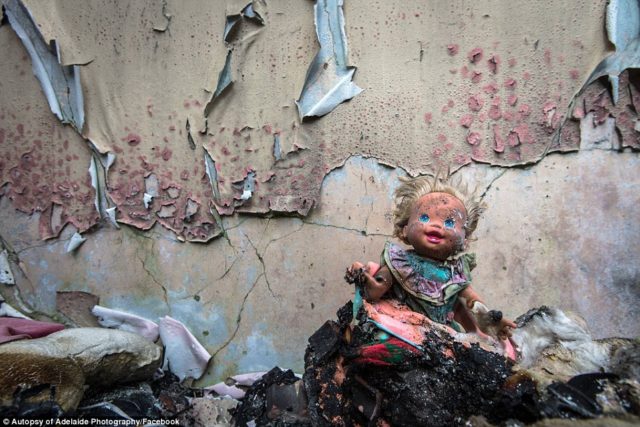
“I’ve been blown away by the scale of these places and the story that’s been left behind,” he said. In another house, he found an old army hat and wedding photos on the floor. That house, he guessed, had been abandoned in the year 1983, because that was the year of the calendars on the walls.
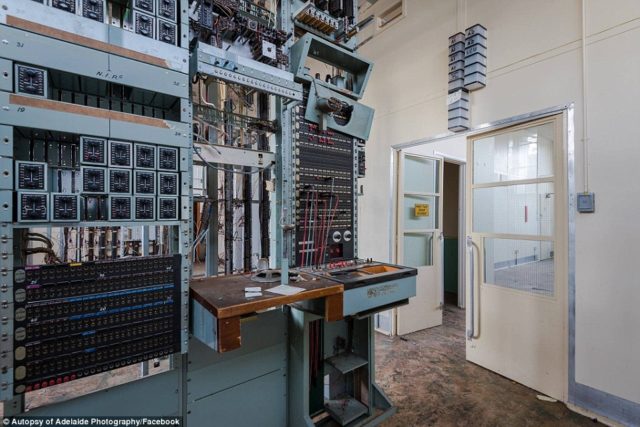
Another example, according to McCarten, is the Gallerie shopping arcade. It “has basically been abandoned for 20 years and it takes up a city block and five stories high. How does a building of that scale stand there for 20 years? Is it the changing face of retail, particularly when you have people sleeping outside like that – how does that happen? It’s quite sad really.”
In conjunction with his Facebook page, McCarten has also started a blog named Autopsy of Adelaide. There, he writes posts about the different locations he has photographed, such as the dentist chair inside of Gawler Chambers, which was once used by medical professionals, and a movie theater complete with a meters-tall giraffe statue. About the Gallerie shopping arcade, McCarten wrote, “In recent years, the building has been heavily vandalized internally. However, the majority of this is cosmetic damage, with shop fittings, electrical wiring, plumbing, and escalators removed years ago.”
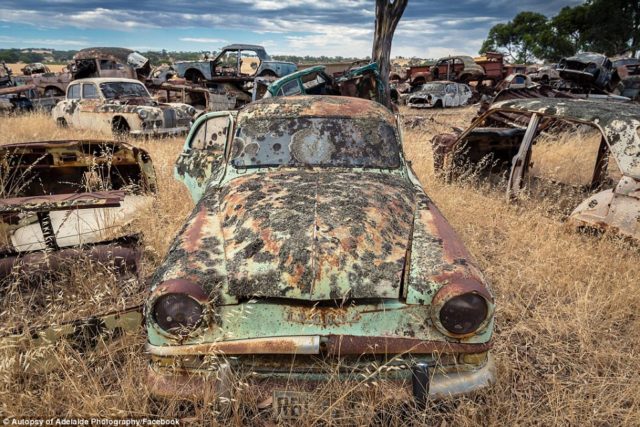
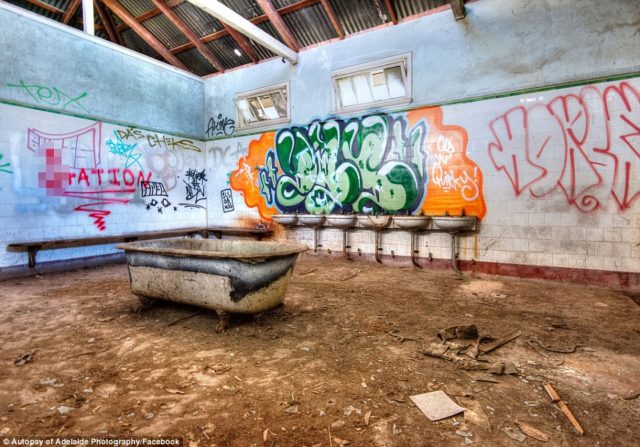
Each place, he said, holds a part of rich history. “It’s that connection with history. It’s not a building that has been built up or restored. It’s about preserving history; it’s a bit more raw,” he said. Some of the places he photographed no longer exist, such as the train yard in Killburn, in Adelaide’s north.
So far, McCarten doesn’t seem to be slowing down, and his passion for connection is what appears to be driving him. “It’s about connecting with those stories, that’s what fascinates me about it.”
